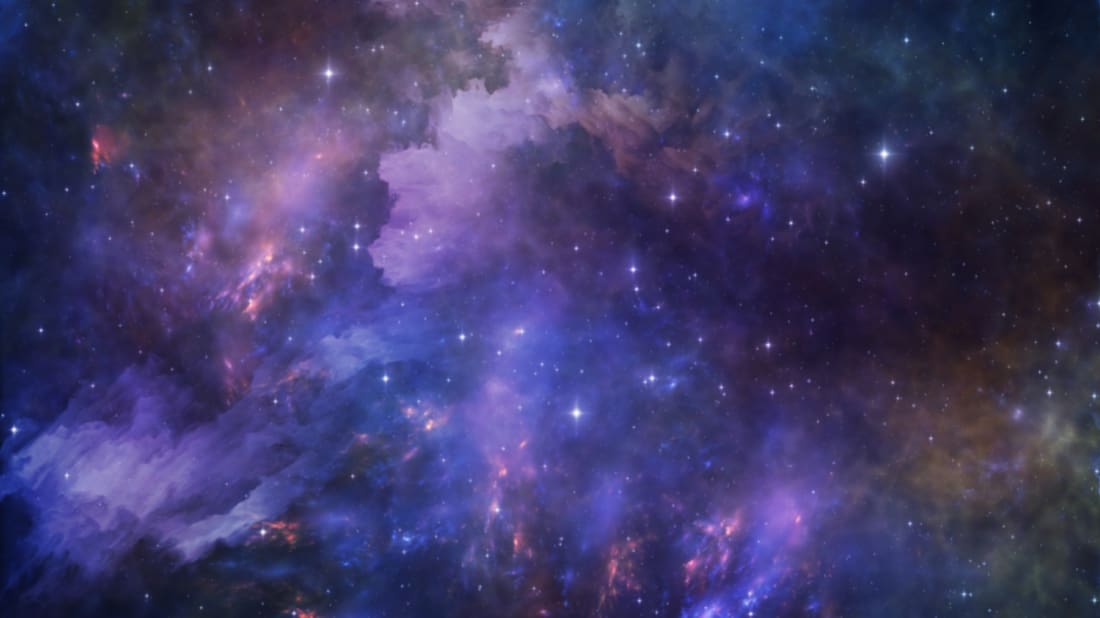
A Journey to the Deep Space frontier
Deep space exploration is an area of space science, astronautics and astronautical research which involves exploring the far reaches of outer space beyond the atmosphere of the earth. But generally speaking, there’s little agreement on the exact meaning of ‘space’ in this context. Some people define it as the entire space along with its atmosphere. In some narrower interpretations, it’s also meant to encompass celestial objects other than the earth like comets, ice grains etc.
The first deep-space mission was the Soviet Union’s Luna mission in the early 1970s. Its purpose was to test the theories of permanent life on the moon and to understand the relationship between the atmosphere, the moon and the sun. It is also believed that such exploration missions could help in the development of better technology for future manned missions to the moon, Mars and the rest of the planets. There are many proposed missions to be launched in the next decade. Some experts believe that humankind will start taking full advantage of such exploration in around 25 years from now.
One possible sign for us to determine whether we are nearing the edge of the solar system or not is if we detect unusual radio signals from potentially alien civilizations. Such signals may originate from celestial bodies beyond the earth’s orbit, or they may be from stars that are very similar to our own sun. So far, there has been no indication that such discoveries will help us decide whether we are indeed alone in the universe, or if there are others out there. Based on how fast the rate of communication technology evolves, it’s likely that we’ll soon find ourselves a step closer to the deep space frontier.